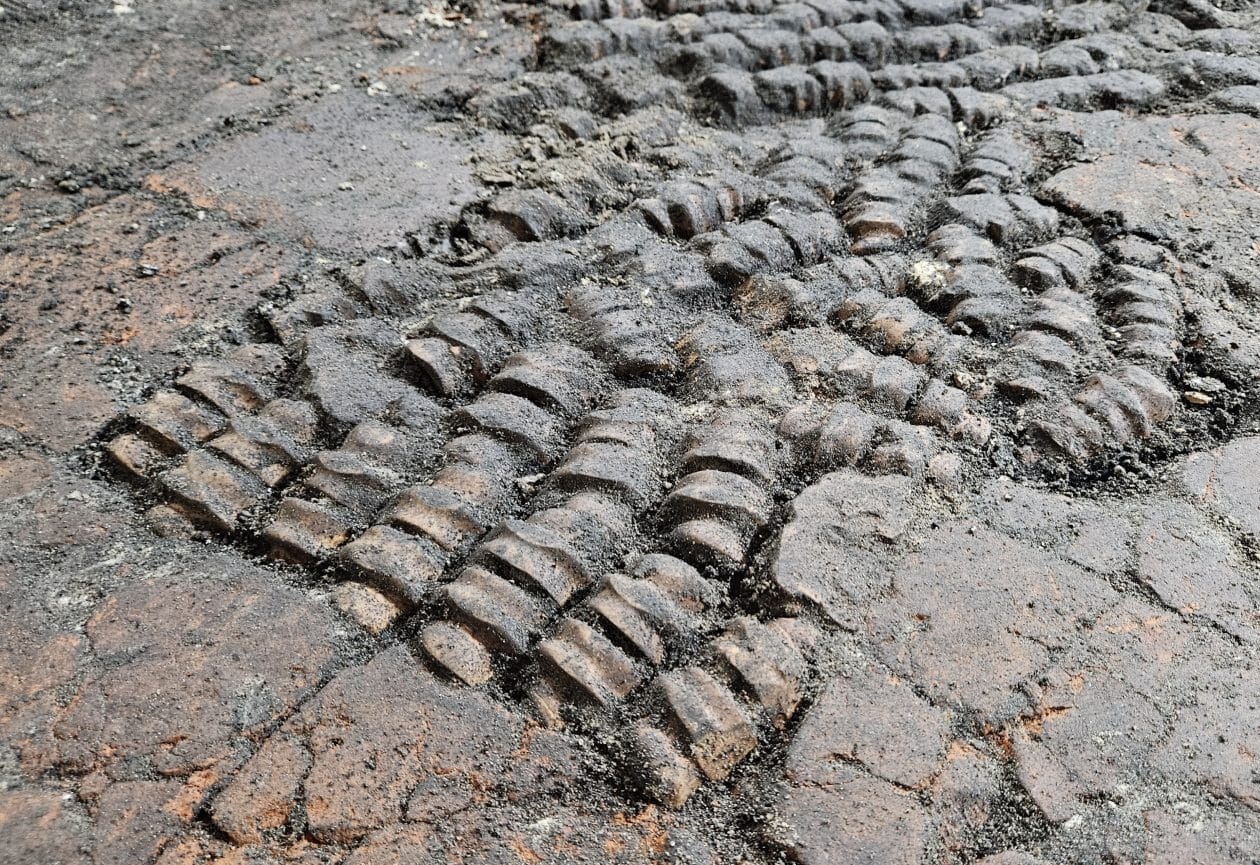Archaeologists excavating in the Achterdam (red light district) in the centre of Alkmaar have uncovered a floor made from animal bones.
The discovery was made during renovation works of a building, revealing a tiled layer where the gaps have been filled in using animal bones.
According to experts, the bones are all metacarpal and metatarsal bones that belong to cattle, which have been meticulously sawn to exactly the same height and laid in a pattern with the top or the sawn-off bottom of the bone facing upwards.
Further investigation is needed to determine the precise age of the bones. However, archaeologists propose that the tile floor and bone patterns are from the 15th-century, as the current building was constructed in 1609.
“The floor tiles were worn down from intense use, and it is possible that the bones were placed there either for practical or symbolic reasons,” said archaeologist Nancy De Jong. “They may have fit well with the craft being practiced in this space, or they could have been an inexpensive way to complete the floor.”

The archaeologists emphasised the rarity of using animal bones in flooring, with the only comparable examples being found in Hoorn, Enkhuizen and Edam. In the Hoorn example, bones have been placed in exactly the same way as the Alkmaar discovery, where they were also used in combination with a tiled floor.
In the coming period the floor will be further investigated to determined how far it continues and if there’s any evidence to suggest how it was used, whether in a domestic or commercial capacity.
Councillor for Heritage, Anjo van de Ven, said: “Discovering this floor is incredibly interesting. There are still so many hidden stories, waiting for our team of archaeologists to come and find them.”
Header Image Credit : Municipality of Alkmaar
Sources : Municipality of Alkmaar







